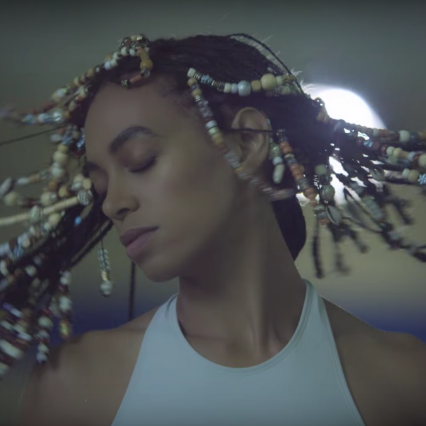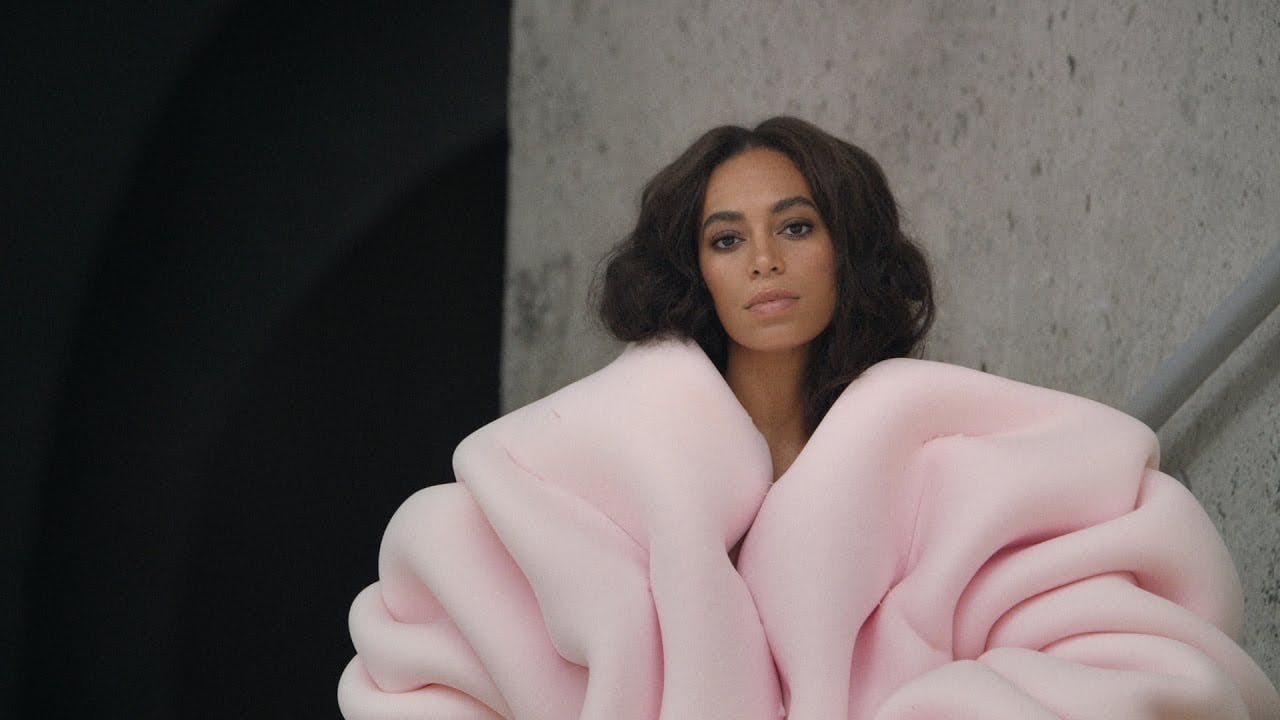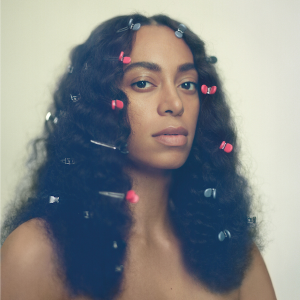 She had released two albums before, but Solange’s 2016 album A Seat at the Table was a hallmark achievement for the artist.
She had released two albums before, but Solange’s 2016 album A Seat at the Table was a hallmark achievement for the artist.
It received widespread acclaim from critics and commoners alike and debuted at #1 on the Billboard charts. The culmination of the project was nearly a decade in the making. The full idea for the album, however, was thought up after she was made aware of a conversation between two white men that she was the focus of back in 2013. A podcast host for The New York Times and a guest discussed a comment Solange made about white journalists reviewing R&B without proper context. In response, they claimed that Solange’s audience was mostly white and said that she should refrain from biting the hand that feeds her. After essentially being told to “shut up," Solange decided that she would do the exact opposite, and A Seat at the Table was born.
The record is truly a masterpiece. From the strategically curated content, to the vulnerability and purity in her voice, to the stunning visual supplements, it was a certifiable instant classic. A year later, the message is still rings true. It seems to resonate with people even more in Donald Trump’s America as empowerment is an omnipresent theme of 2017.
The album is best enjoyed in full in its original tracklisting. There are no sonic gaps -- it plays like one long song with intertwined skits featuring Master P and her parents echoing the messages conveyed in the songs. Let’s take a closer look at some of the standout tracks.
“Cranes in the Sky” is perhaps the most abstract of the lot. Solange was living in Miami at the time and was experiencing a great transition in her life after a break-up with the father of her child. While she found solace while making her art there, she found her peace was disrupted by the high rise buildings of a booming housing market interfering with the nature.
She recalls looking up at the literal cranes in the sky and said, “I remember thinking of it as an analogy for my transition—this idea of building up, up, up that was going on in our country at the time, all of this excessive building, and not really dealing with what was in front of us.” Solange revealed this to her sister (are you familiar with Beyoncé?) in her Interview Magazine feature.
The Miami real estate industry soon collapsed and she felt as if her own life was on the same path. It was the first single for the album, and considering it was written 8 (!) years ago, it has an uncanny relation to the current social climate. Whether on a personal or a much larger scale, she noticed the tendency people have to avoid the difficult things that are staring us right in the face. This leads to a lack of clear perspective. On "Cranes in the Sky", she convinces us that there is, in fact, a light at the end of the tunnel, and the transition into consciousness entails “holding it down until you can get to the other side.”

A still from the “Cranes in the Sky” music video
“Mad” addresses the stereotypical portrayal of black people, especially women, in mainstream media and defies the standard by validating the range of human emotions we experience. Ayanna McNeil, LIM College alumna and founder and editor-in-chief of the black diaspora collective Brainwash, regards this as her single favorite track with a poignant statement.
“The biggest takeaway from it for me was this idea that blackness isn’t a monolith—the way we all experience the world as black folks, children of the diaspora differ from person to person. Black folks are often robbed of our humanity. Not allowed to be [our] full selves. Black men are aggressive. Black women are angry,” she expressed.
With “Don’t Touch My Hair”, the message doesn’t get any clearer (Ironically she had to reiterate it after a magazine recently missed the memo). Through the course of the Solange rattles off a list of things (her hair, her crown, her pride, her soul) she demands not be touched all while maintaining a certain softness. With this song, she declares black autonomy and ownership over what is ours.
This song can be interpreted quite literally. Every black woman I know has faced questions about their hair, and many have even experienced uninvited hands being placed on their heads.
“Whenever it happens to me I always react with confusion at first, and then shock at the fact anyone would feel the need touch my hair. I would never in a million years walk up to anyone and even think to do that,” says Cali Smith, another LIM alumna.
On her site Saint Heron, Solange had a conversation with her mother during which she articulated how painful it was to see the lives of young black people being taken away because of lack of understanding. In a broader sense, this track, seeks to restore our humanity. She requests freedom for her people, and freedom from the confines of a society that has tried to erase the very essence of who we are.
A still from "Don't Touch My Hair"
4. F.U.B.U. (feat. The-Dream & BJ the Chicago Kid)
Finally, F.U.B.U. The acronym stands for For Us By Us and according to Solange, it was the hardest to conceive. The initial title was “Be Very Afraid” and it focused on the fear that whites seem to have of blacks and that fear manifesting in police killings. However, after weeks of struggling to formulate her point of view, she was able to shift gears and rewrite the song in a matter of minutes.
She named it For Us By Us because it is addresses a commonality that black people share, especially in America. A lot of what we have is taken and capitalized on, and we receive little to no recognition or credit. It’s what we call cultural appropriation and it has been the subject of many discussions in recent years. It is a nuanced struggle that one cannot fully grasp unless they are experiencing from an internal perspective.
Solange says, “There's a certain tonality of that song that also speaks to — when you exist as an unafraid and powerful black presence in this country, what happens as a result of that?” Reclaiming black identity from those who sought to conceal, steal, and misrepresent it is something that Solange wanted to promote with this project.
Really, we’ve always had a seat at the table, but never in the foreground. Solange was able to bring this issue to light by creating her own table, and the response was truly eye-opening. Through storytelling and by projecting her own experiences onto such a pervasive canvas, she was able to boldly express her frustrations surrounding race today. She gave black women a voice by simply using her own. The cultural impact of this body of work is undeniable and a year later, it stands as the purest representation of what it is like to be black in America right now.

The cover to A Seat at the Table
Revisit the masterpiece on Apple Music or Spotify now and remember: never let anybody steal your magic.

